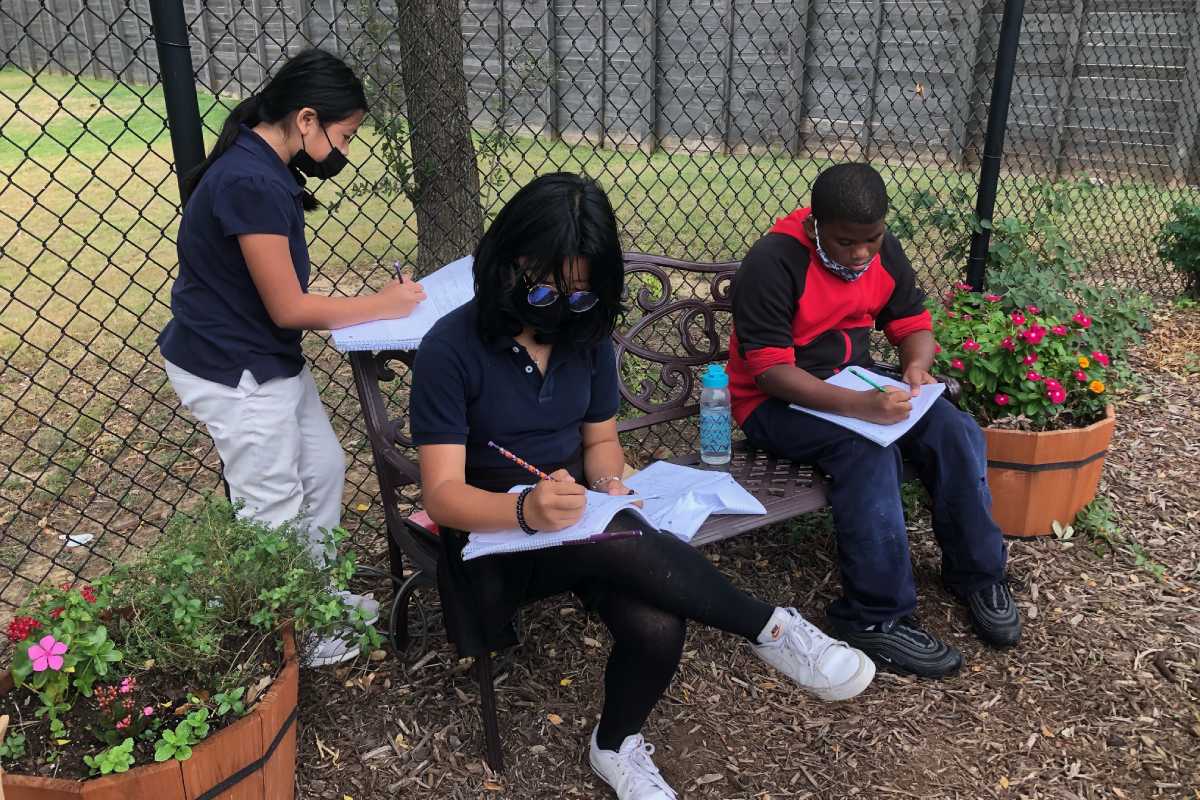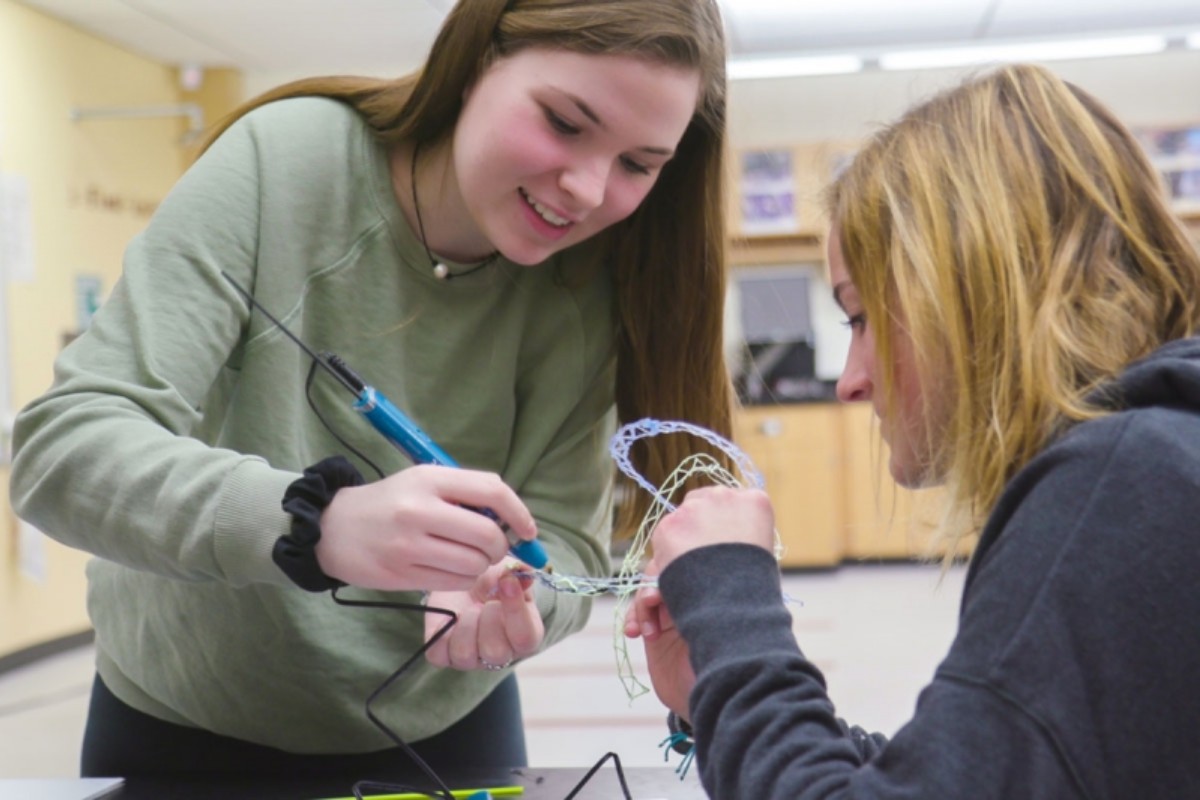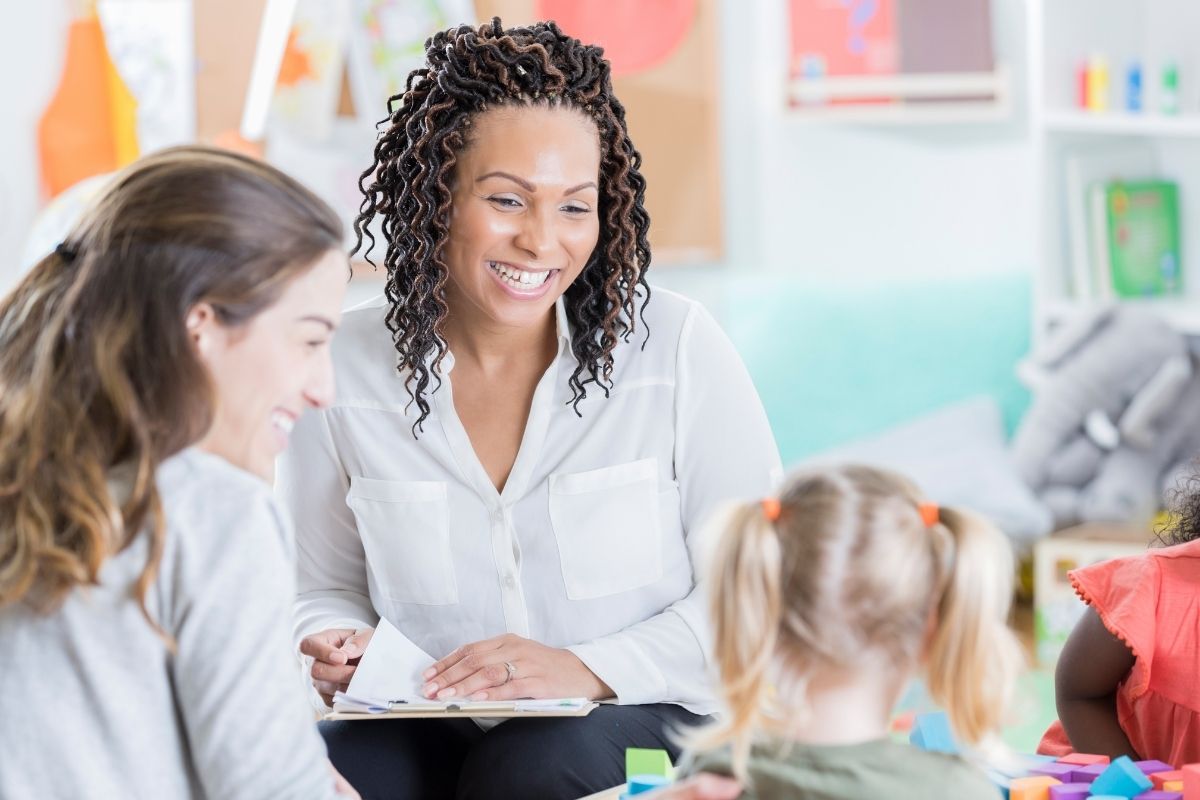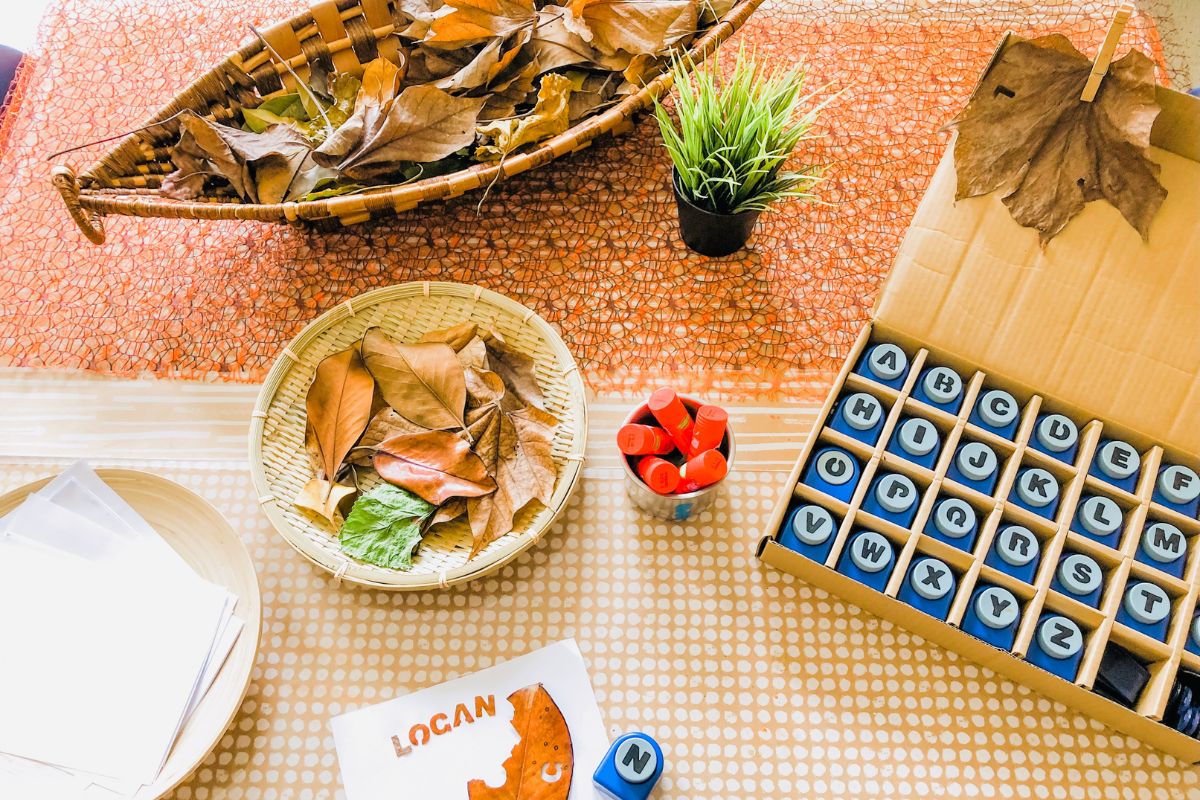Connecting the Early Years with Nature
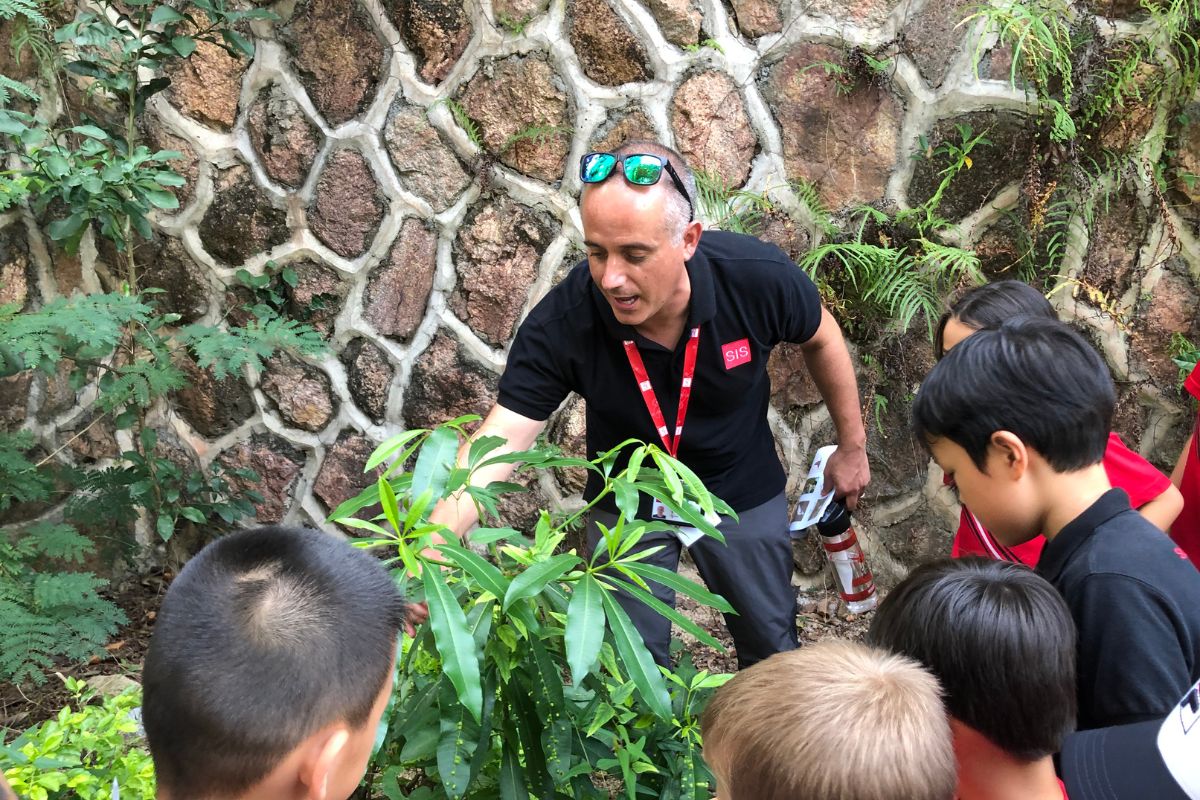
As early years educators, we have an incredible opportunity to impact students in meaningful ways. We can bring environmental education into our classes each and every day and connect our young learners with the natural world.
Climate change, loss of biodiversity, ocean plastics, and habitat fragmentation are terms we hear about more and more. These crucial environmental issues are present through a doom and gloom lens. Many media organizations inform us of the current ecological state of affairs in a way that can often leave us with little hope for the future and the future of the little ones we educate. Often, we feel that we as individuals are unable to make a difference and that the future of our environment is in the hands of generations to follow us.
As early year educators, we can make impactful changes and start turning things around with the environment. How can we make these changes? We can start by helping connect our students with the natural world. Biophilia is the built-in desire people have to connect with nature and all living things. This curiosity and need for connection are natural desires and needs that we educators have to nurture and celebrate with children.
Over the years, I have met many children and parents who have no connection to nature and the environment. In many cases, there is even a fear of the natural world. Some children find playing in the mud, water, and dirt, observing insects and animals, or being outdoors in a green space scary. Their parents have taught them not to sit down because the grass is “dirty” and not touch anything because insects and animals are “dangerous.” They have created fear instead of supporting their child’s natural curiosity.
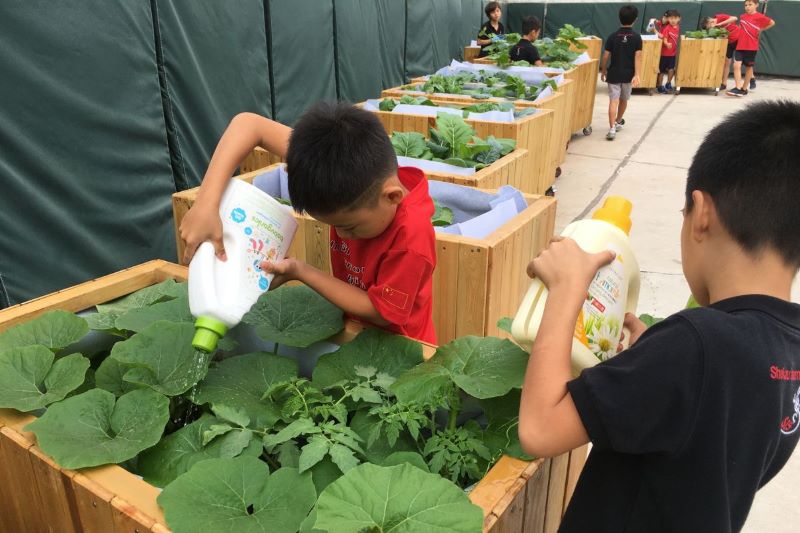
These are the young people who grow up to fear the outdoors or have apathy for it in the best case. Children who grow up fearful or apathetic of their environment won’t understand it or try to protect it in the future.
Educators have a powerful role to play in connecting all children with nature. We need to help parents understand why this connection is so important. As early years educators, we do not have to be experts. We do not need backgrounds in science, ecology, or naturalists. We have to give our learners opportunities to connect with the naturalistic environment surrounding them at every turn.
Growing plants throughout the year is always a fantastic idea. Many teachers grow plants during units of inquiry or science, but growing plants throughout the year is a great way to connect students with nature. Maintaining a student garden is a great way to link young ones to nature. It’s even better when you are growing food. I like to grow fruit and vegetables all year, and my students water the plants and maintain them. The learning opportunities are endless. During the warmer months, you can plant outdoors. When things get colder, planting containers in your classroom is more manageable. Students have the opportunity to see the transformation from seed to plant, fruit or vegetable, and make the farm-to-table connection in a meaningful and authentic way. Their hands, hearts, and efforts produce beauty and food to nourish their bodies and minds.
With older grades, you can create a kitchen garden. A kitchen garden is a practical garden that produces easy-to-grow edibles that students can harvest. Students can grow food that they can use in their school cafeteria and add to the menu. These older students can also gather food produced from their kitchen garden to sell at a school Farmer’s Market, with proceeds going back into the garden to purchase needed supplies such as soil, containers, seeds, and tools.
Birds are another tool for connecting young students with nature and their environment. Birds are everywhere. Whether the campus is in the heart of a bustling downtown or the suburbs, there will be a variety of birds. Even without knowledge of birds, a search for a string like “common birds in my area” can yield some quick results. You can make a poster with photos and names of the birds your students may see around school. Observe them, take pictures and learn together about the local species you encounter. You can build feeders and create an Early Years bioblitz at your school and get families involved. A bioblitz is a form of citizen science in which students and families work together to research and understand the biodiversity in their area. Areas can include their backyard, school, community, or park nearby. The practice of citizen science allows for public participation and collaboration in scientific research to increase scientific knowledge of their natural environment. People share and contribute to data monitoring and collection programs through citizen science.
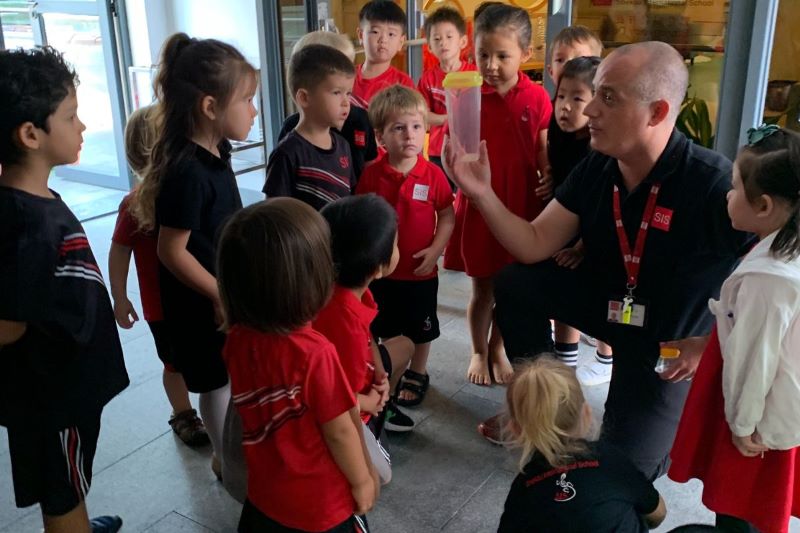
One type of bioblitz that individuals can organize is an event where students document as many species of life in an area in a designated time (a morning, for example). You and your students get outdoors for an entire morning or afternoon and document all life on your campus. Birds, bugs, flowers, trees, and everything else are photographed and then entered into a science data repository app like iNaturalist. This app will help you identify what type of plants or critters you photographed and give scientists crucial data about local biodiversity.
The connections you can facilitate between your students and nature are easy to make, and the results can be long-lasting and crucial in the future protection of the environment.
As an educator, you can also foster valuable nature connections with parents. Invite parents to visit your school garden and see what their children are doing in this outdoor space. Invite students to lead their parents on a campus nature walk. Have students present about the wildlife and plants on campus that they are studying. Students can teach their parents about the various vegetables they grow and how they take care of them. Show parents that these nature learning spaces at school are essential to their children, and maybe their parents will also find connections.
If you can foster an appreciation for nature at a young age, the possibilities are limitless. The children you teach today may be the future biologists, conservationists, or climate-research scientists who will significantly impact the future.
Some people may say that one person cannot make a difference. I beg to differ. Educators have tremendous power and can positively impact the environment by connecting our students with their natural environment.
Some great resources sites for educators looking to be inspired when connecting their students with nature are the Children & Nature Network https://www.childrenandnature.org/ and The Harmony Project https://www.theharmonyproject.org.uk/.
This article is available and can be accessed in Spanish here.


